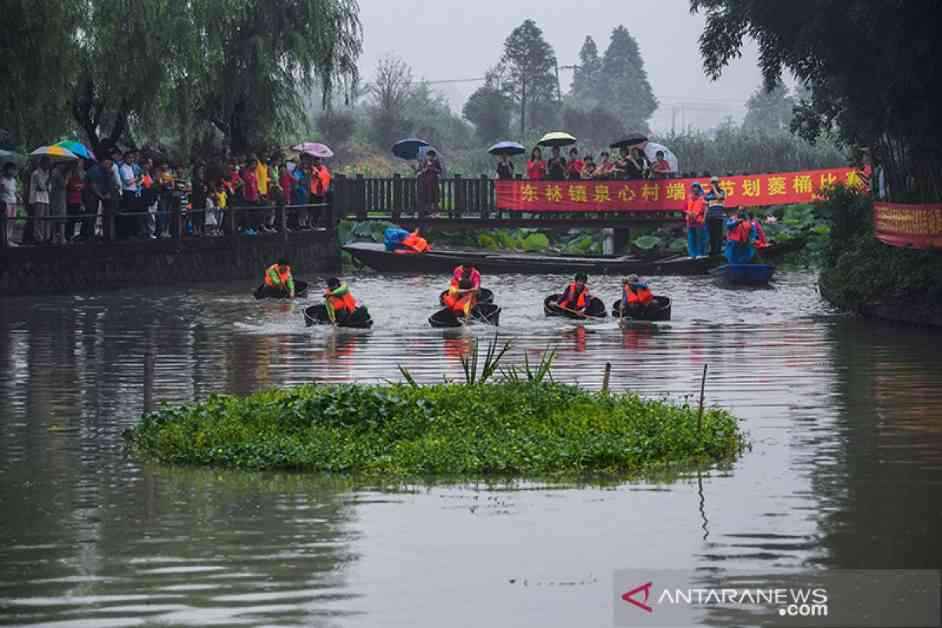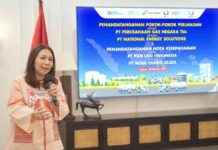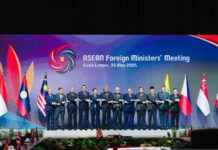China’s Bold Rural Reform and Revitalization Initiative Unveiled
China’s ambition for rural development took center stage with the unveiling of a comprehensive policy blueprint in Beijing. The latest “No. 1 central document” for 2025, the first of its kind released this year by China’s central authorities, outlines a detailed roadmap focused on strengthening the country’s agricultural sector. The initiative places a strong emphasis on grain security, agricultural innovation, and deepened reforms to drive all-around rural revitalization. This landmark policy sets a target to advance rural areas, agriculture, and the livelihood of farmers, aiming to solidify China’s agricultural foundation for the future.
Insights from the China Economic Roundtable
Guest speakers on the prominent China Economic Roundtable talk show, hosted by Xinhua News Agency, shared valuable insights on the groundbreaking document and highlighted key short-term and long-term policies that underpin this momentous reform. The discussions emphasized the significance of rural revitalization in sparking local dynamism and driving economic growth across China’s countryside.
Wang Jinchen, the Deputy Director of the Development Planning Department at the Ministry of Agriculture and Rural Affairs (MARA), stressed the importance of enhancing China’s agricultural capacity to ensure a stable supply of essential products like grain. He underscored the need to build on the country’s achievements in poverty alleviation, invigorate rural areas, and increase farming incomes through comprehensive reforms. Wang highlighted initiatives to strengthen rural industries, boost infrastructure, refine governance systems, and optimize resource allocation to create a thriving ecosystem in rural China.
The success story of Lizu Village in Yiwu City, Zhejiang Province, exemplifies the transformative power of these reforms. Once a remote hamlet, Lizu Village has evolved into a vibrant hub for young entrepreneurs, attracting innovative minds with its improved infrastructure and focus on cultural tourism. Local initiatives, such as music festivals and photography contests, have spurred economic growth, with 71 startup projects launched and an annual tourism revenue of 4.6 million yuan. The village’s success underscores the symbiotic relationship between young people and rural communities, breathing new life into traditional industries and fostering sustainable development.
Fortifying Food Security and Agricultural Innovation
The commitment to safeguarding grain security and fortifying food safety emerges as a key pillar of China’s rural revitalization strategy. Despite facing challenges from natural disasters, China reached a historic milestone in 2024 by surpassing 700 million tonnes in grain production. Efforts to stabilize grain production areas, enhance yields, and reduce losses underscore the government’s unwavering dedication to securing the nation’s food supply.
Strategies such as expanding high-standard farmlands, equipped to withstand droughts and floods, play a critical role in ensuring stable grain yields. Innovations in agricultural infrastructure, including the development of efficient harvesting machinery and precision farming techniques, bolster China’s food security measures. Notable success stories from companies like Shandong Fushikang Industry and Trade Group and Shandong Zhonggu Starch Sugar Co., Ltd., highlight the transformative impact of technological advancements on agricultural productivity and waste reduction.
The cultivation of new quality productive forces in agriculture, driven by technological innovation, emerges as a pivotal aspect of China’s rural reform agenda. Embracing advanced technologies such as 5G, the Internet of Things (IoT), and big data, China is revolutionizing crop cultivation and enhancing agricultural efficiency. Case studies from Henan province showcase how tech-driven farming practices are optimizing resource utilization, reducing costs, and ensuring sustainable agricultural practices for the future.
In conclusion, China’s ambitious Rural Reform and Revitalization Initiative marks a significant milestone in the country’s quest for agricultural modernization and rural prosperity. By prioritizing rural revitalization, fortifying food security, and embracing agricultural innovation, China is poised to transform its countryside into a thriving ecosystem of opportunity and growth. As the nation charts its course towards a more prosperous and sustainable future, the impact of these reforms will resonate far beyond its borders, shaping the global landscape of agricultural development and innovation.






















